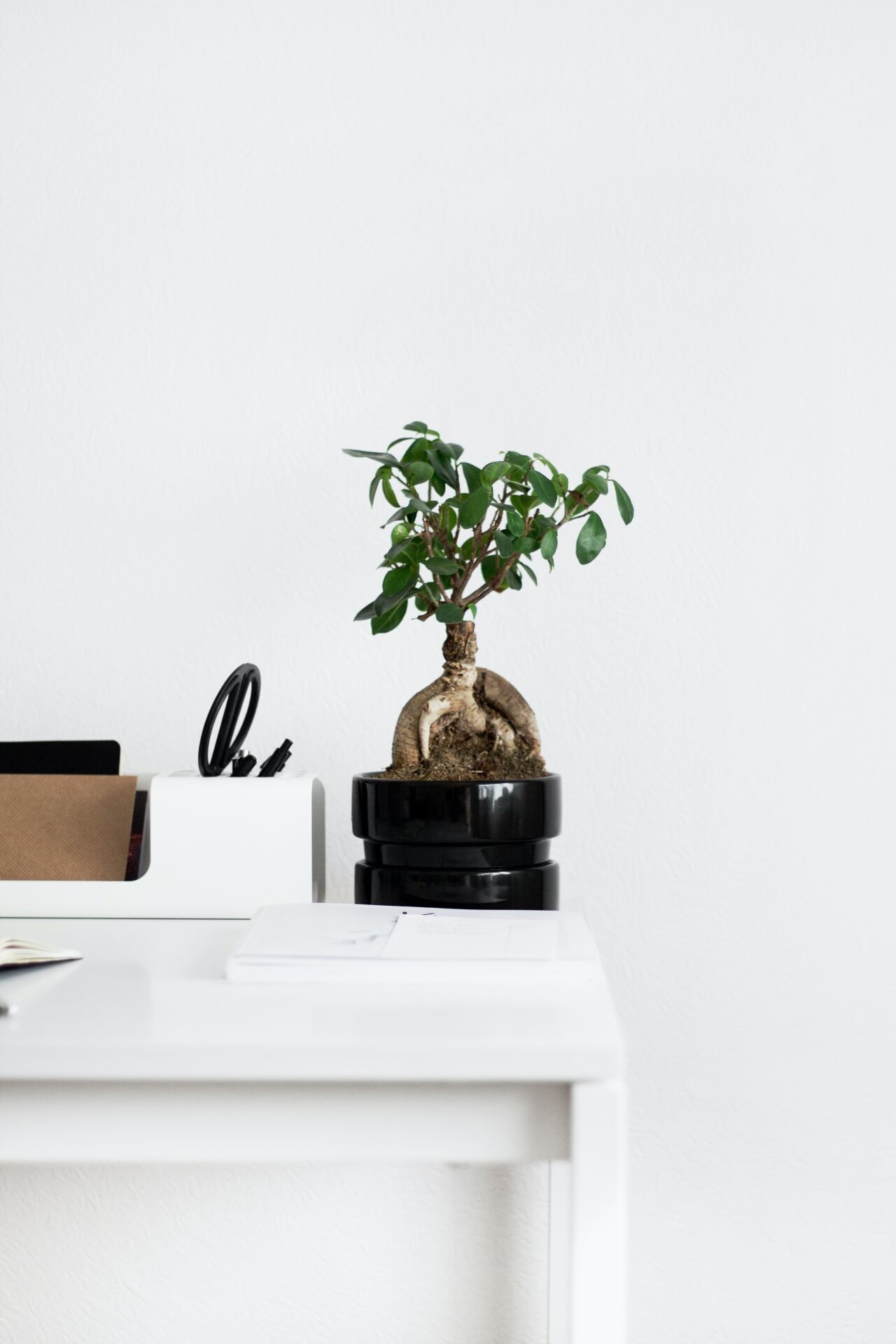It is most striking in appearance because it grows thick roots that stay exposed above the surface of the ground. A great plant to dabble into the art of bonsai.
Light
Your bonsai will need a good amount of light. Indoors, placing it on a windowsill is a good idea. If this is not available, plant lights can aid in growing your ginseng ficus. If you take your tree outdoors during the summer, plan to place it in a spot that gets plenty of dappled sunlight.
Soil
Ginseng ficus trees do well in a soil mix that is sixty percent aggregate and forty percent organic matter. Make your own using pine bark, lava rock, and a potting mix which holds water.
Water
Water your ginseng ficus thoroughly whenever the soil gets slightly dry. Misting the plant daily is a good idea, but do not water to the point where the bonsai is dripping, or else fungal issues can occur. If your plant is in an especially warm environment more frequent watering will be needed.
Fertilizer
Bonsai draw on very little soil, so it is necessary to replenish their nutrients occasionally. Any multi-purpose liquid fertilizer should be adequate. For bonsai, dilute the mixture by 50% with water before applying monthly.
Growth
Pruning is a necessity and part of what makes a bonsai a bonsai and not just a plant. You can forego the pruning for a year or longer to achieve a thicker trunk. When ready to prune leaves, a good rule to follow is to prune back to two leaves after six to eight leaves have grown.
Pet Friendly? No, the sap causes a rash when contacted with skin. Leaves are toxic to dogs and cats if ingested.


